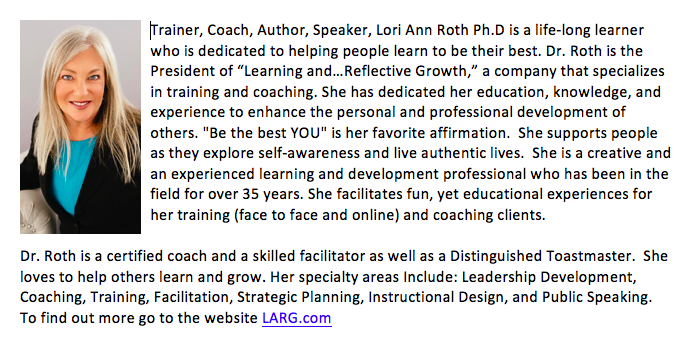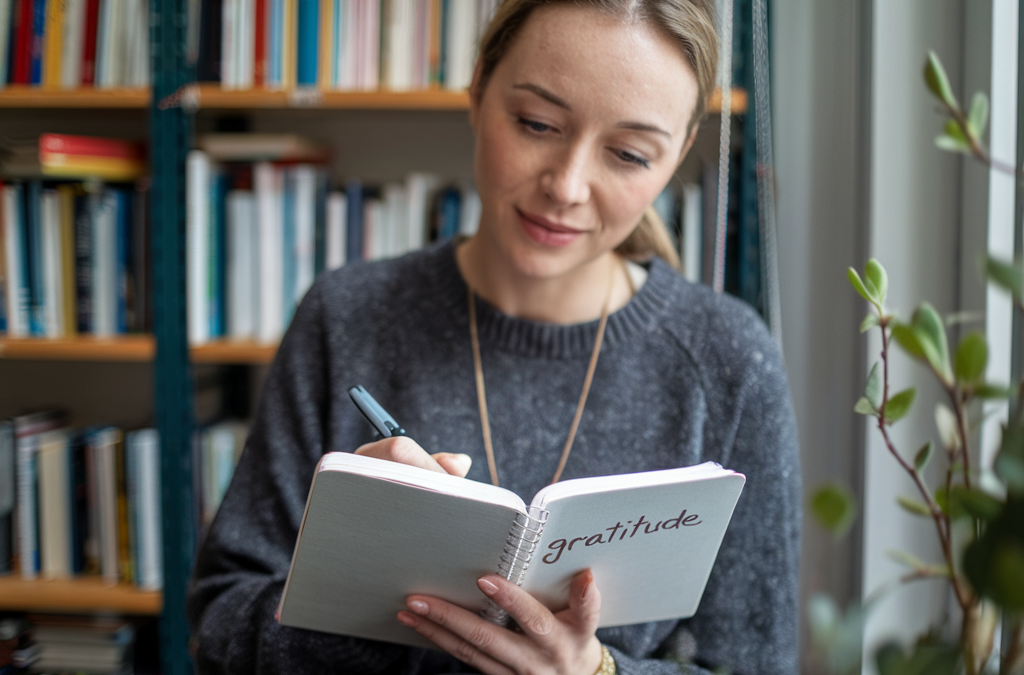Gratitude, the simple act of acknowledging and appreciating what we have, has been gaining significant attention in recent years. Since Thanksgiving is around the corner, I thought this would be a great time to share some insights. Research has consistently shown that practicing gratitude can have a profound impact on our mental, emotional, and physical well-being. There is much science behind gratitude however, I’d like this blog post to help us explore practical exercises to incorporate into a gratitude practice for more happiness and better wellbeing.
The Science of Gratitude
Numerous studies have demonstrated the benefits of gratitude:
- Improved Mental Health: Gratitude can reduce symptoms of depression and anxiety by shifting focus from negative thoughts to positive ones.
- Enhanced Relationships: Expressing gratitude strengthens social bonds and fosters deeper connections with loved ones.
- Increased Well-being: Gratitude can boost overall happiness and life satisfaction.
- Better Physical Health: Some studies suggest that gratitude may even improve physical health outcomes, such as reducing pain and boosting the immune system.
Practical Gratitude Exercises
Recently, I facilitated a class called 16 gratitude exercises for better wellbeing. The participants got to practice each exercise and decide which ones worked and which did not. At the end of the class, the participants had a list a what they would do to start their gratitude practice. I’d like to share a few of these exercises that you can use to start your gratitude practice.
Journaling:
- Daily Practice: Dedicate a few minutes each day to write down three things you’re grateful for.
- Date each entry: Always date each page when you write because you will have a reference point. Also, this is a great journaling tip.
- Specific Details: Be as specific as possible to enhance the positive impact.
- Reflect on the Past: Consider past experiences that you’re grateful for, such as overcoming challenges or achieving goals.
- Don’t force yourself to Journal: Journaling burnout is real. Only journal when you feel the gratitude and can reflect peacefully.
Meditation (heart math)
- Mindful Focus: Sit quietly and focus on your breath.
- Gratitude Reflection: Bring to mind specific people, experiences, or possessions for which you’re grateful. It is easier to start with something that is loveable like a baby or pet.
- Savor the Feelings: Allow yourself to feel the positive emotions associated with gratitude. For this exercise, the feeling is more important than the thinking.
Writing Letters:
- Heartfelt Expression: Write a letter to someone you appreciate, expressing your gratitude for their positive impact on your life.
- Share Your Feelings: Deliver the letter in person or send it through the mail to maximize the emotional impact.
Research from Marty Seligman, the former president of the APA, has shown that you don’t even have to send the letter. Just the act of writing the letter can have a great positive impact on your happiness and wellbeing.
Gratitude Visualization:
- Positive Imagery: Close your eyes and visualize a positive experience or person.
- Feel the Gratitude: Focus on the feelings of gratitude and appreciation that arise.
Tips for starting a Gratitude Practice
- Consistency is Key: Practice gratitude regularly to reap the long-term benefits. I started by journaling about 3 things I am grateful for every day. I realized that was too much for me and now I try to do this 3 times a week.
- Be Specific: The more specific you are, the more powerful the impact will be. Don’t just write what you are grateful for but write about the why. Put some thought into what this means to you at this time. Be intentional about what you choose.
- Share Your Gratitude: Expressing gratitude to others can strengthen relationships and spread positivity. Be sure you are sincere. There is nothing worse than trying to express your gratitude when you think you should. Feel free to share in your journal and not to others if you feel awkward. Remember it is always nice to share your grateful feelings to another person.
- Don’t be hard on yourself: Give yourself some grace. We can’t all be perfect. If you don’t write for a week or a month you can always start back up. Don’t judge yourself for not being consistent or applying rules to your practice.
By incorporating gratitude into your daily life, you can experience a significant boost in your overall well-being and happiness. Remember, the power of gratitude lies in its simplicity and its ability to transform your perspective. Start today and unlock the potential of this powerful practice.
Let me know some of your gratitude practices! If you liked this blog you will love my article on gratitude exercises.
Resources
Here are some books and resources that you can use to help with your gratitude practice.
- Thanks, by Robert A. Emmons Ph.D.
- Gratitude Works by Robert A. Emmons Ph.D.
- Authentic Happiness, by Martin Seligman Ph.D.
- The Hearthmath Solution, by Doc Childre and Howard Martin
- https://seapointcenter.com/find-thanks-and-gratitude/




